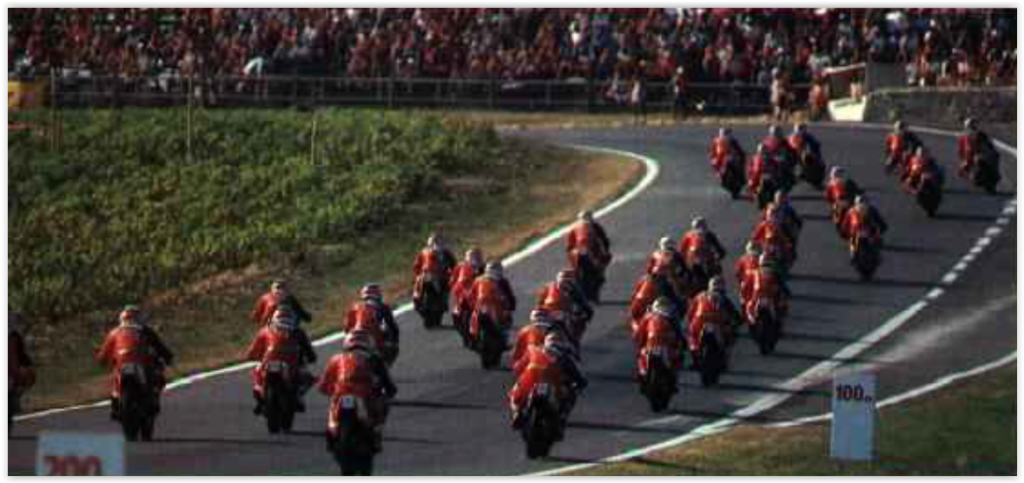
How everything began for Kiefer Racing – with racing driver Stefan Kiefer
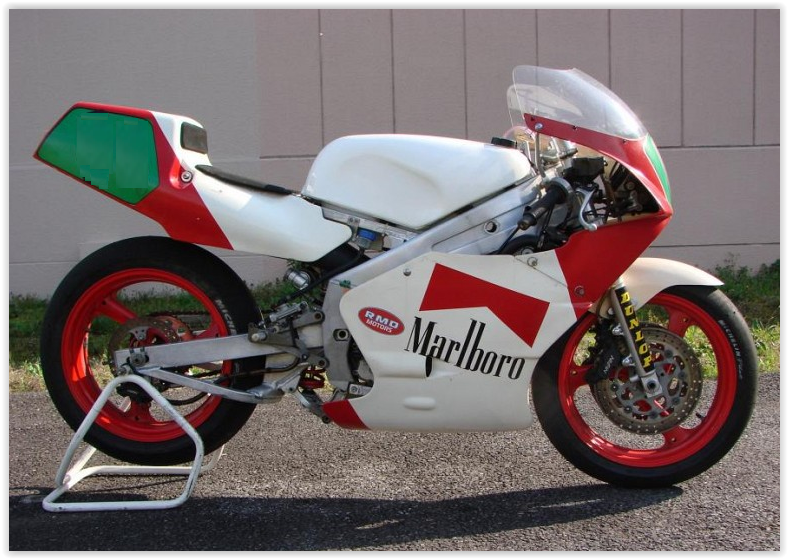
First a racing driver, later team boss
The Kiefer Racing Team founder was a racing driver himself from 1989 to 1994. Born on November 17, 1965 in Bad Kreuznach, southwest of Main, Stefan drove in 1990 in his second season in the Yamaha Castrol Cup. Later, Stefan was much more successful as team boss, together with his brother Jochen in their own racing team. In its heyday, Kiefer Racing won 2 world titles under his leadership. The first in 2011 with Stefan Bradl in Moto2 and number two in the 2015 season with Danny Kent in Moto3. From the time when Stefan himself competed as a racing driver in the Yamaha Castrol Cup, the following is the interview with the driver at the time. It was run after the Cup race in 1990 on the Schleizer Dreieck with the young racing driver Stefan Kiefer.
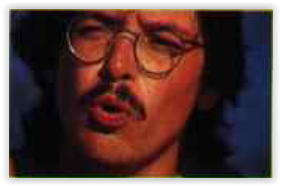
Interview with the 4th of the Yamaha Castol Cup – Stefan Kiefer
You didn’t always want to interview the first of a race, you also wanted to let a fourth of a race have their say. Here is the interview with Stefan Kiefer after the race for the Yamaha Castol Cup:
Stefan, what were your impressions of the race on the Schleizer Dreieck?
Stefan Kiefer: “Great, it’s fun to drive here. At full throttle, however, it gets a bit tight on the track.“
The Yamaha Castrol Cup was a guest in the GDR for the first time. It’s clear that you ride Yamaha motorcycles – but what kind of machines are they exactly?
Kiefer: “They are 250cc with two-cylinder engines, six gears and a Deltabox frame. Just over 200 km / h are possible with these motorcycles.”
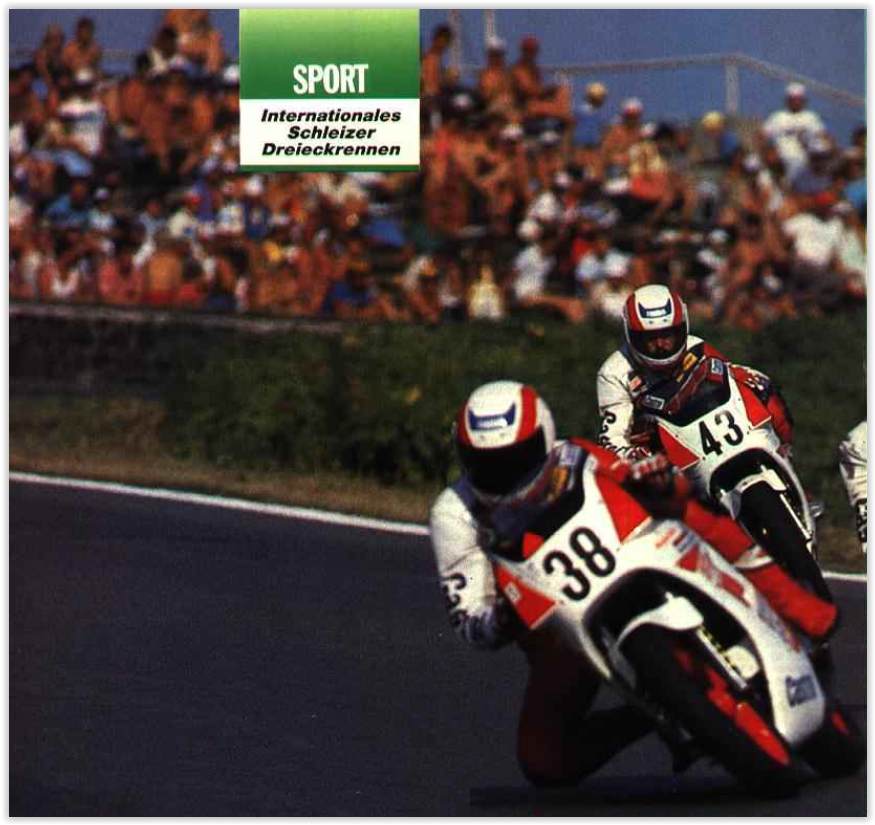
The level of awareness of this cup and its drivers is of course not that great in the GDR. So please provide some personal information for our readers.
Kiefer: “Gladly, I’m 24 years old, an office clerk by profession and come from Bad Kreuznach. “(The editor: located southwest of Mainz).” After graduating from high school, I started studying business administration, which I interrupted. But not because I wasn’t interested, but because I was racing.”
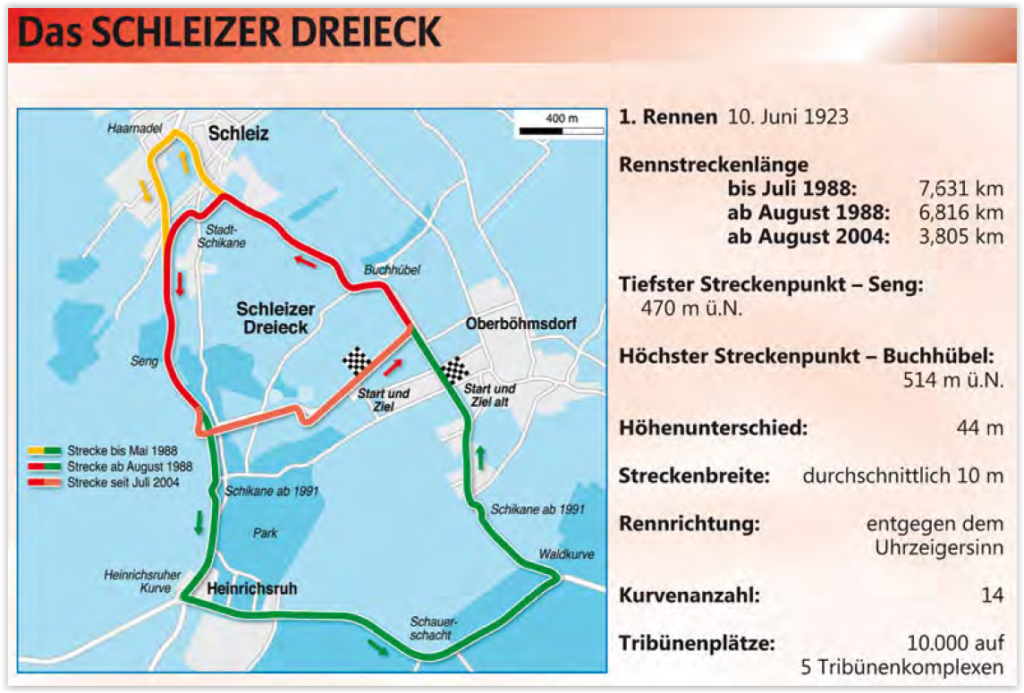
What young drivers are particularly interested in, how do you become a Yamaha Cup driver?
Kiefer: “A so called B license is required to drive these races. The motorcycle costs 10,400 Deutschmarks (about 5000 Euro today) including the entry fee, which is an inexpensive introduction.”
One sentence about Schleiz, please.
Kiefer: “It was definitely the most beautiful award ceremony. “(The editor: obviously not only the first 3 of the race were honored at the time, but also the drivers classified behind them) “By our standards there were extremely many people on the track. In general, the public’s participation was huge.”
With Kiefer Racing the commitment to top-class racing
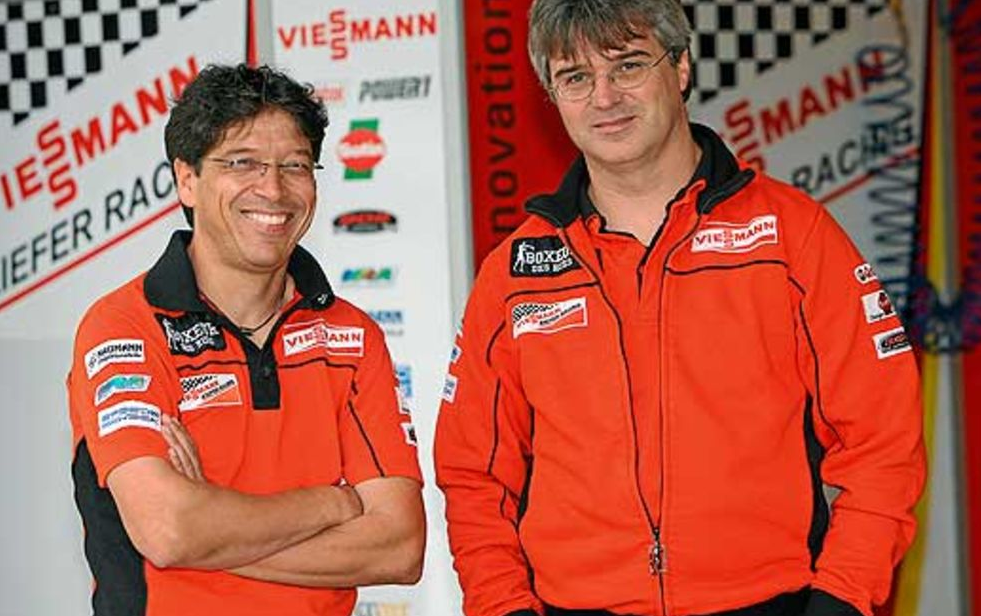
Entry into racing as a team
Stefan Kiefer ran a motorcycle shop together with his brother Jochen in Isar-Oberstein. In 1998 he founded the Kiefer Racing team together with his brother. It started in the IDM (International German Championship) in the 250 class, with Christian Gemmel as driver. Four years later he won the title, which aroused the desire for higher goals in the team. The 2003 season saw the entry into the motorcycle world championship. At the 2006 home race at the Sachsenring, Australian Anthony “Ant” West took 7th place in the 250 cm³ category, the best result to date. In the following year, they switched to the 125 category and for the 2008 season, after the first year, Stefan Bradl was signed as a driver.
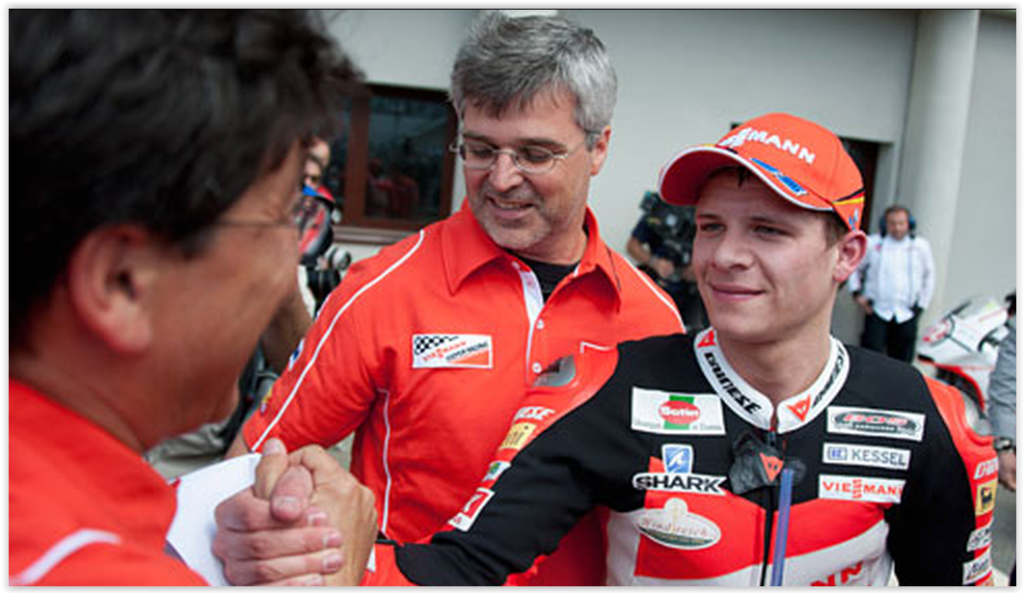
The best years and the beginning of the crisis
The first victories followed a year later with the young Bavarian. With him as a pilot, he switched to Moto2 in 2010. Stefan Kiefer was the full-time team manager of the racing team from 2011. This year the team with Stefan Bradl won the first world championship title in Moto2. In 2015, Danny Kent (England) won the second driver’s world title in Moto3, and Kiefer Racing had entered into a joint venture with Leopard Racing for this year. This was followed by a difficult season with drivers Miguel Oliveira (Portugal) and Danny Kent in Moto2.

The worst low point in Stefan’s career as a team boss
After none of the riders had made it into the top 20 in the final World Cup, Leopard terminated the contract with Kiefer Racing. For 2017 they first competed with Kent, who left shortly after the start of the season, and Dominique Aegerter as the second driver. The Swiss even managed to win a GP at Misano that year, which was later revoked. During a check after the race, illegal additives were found in the engine oil, which led to subsequent disqualification.
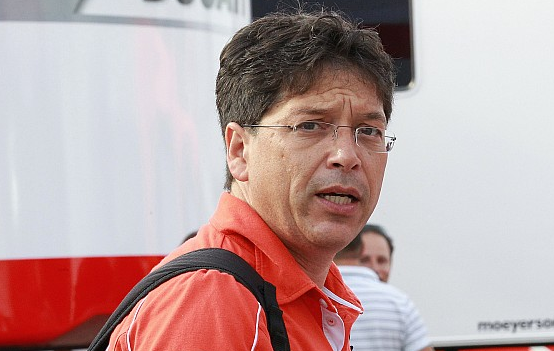
Stefan’s tragic and much too early death in Malaysia
Stefan Kiefer was now the father of a son and lived with his partner in Wilthen, south of Bautzen in the state of Saxony. The events with the disqualification and renewed financial problems of his racing team threatened with closure had hit him hard towards the end of the 2017 season. On the weekend of the penultimate round of MotoGP in Sepang (Malaysia), news shocked the motorsport world that came as a complete surprise to many fans in Germany and around the world. As it was announced, Jochen Kiefer had found his brother Stefan dead in the hotel room late in the evening before the race. The later autopsy revealed that Kiefer had died as a result of a heart attack.
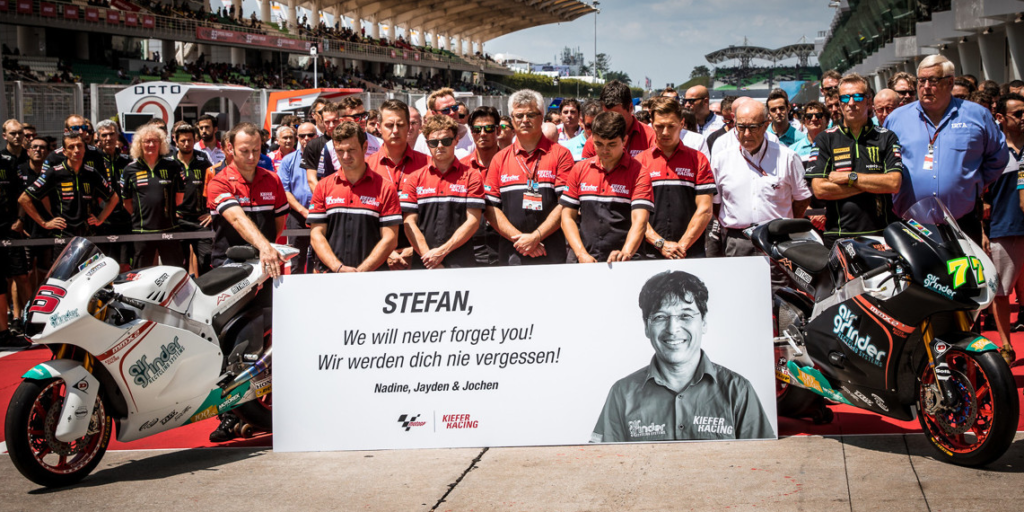
After Stefan Kiefer’s death, things only went downhill
The further story of the Kiefer Racing Team founded by Stefan and his brother Jochen was a drama in several acts. Constant sponsorship problems and a failed takeover by a dubious English “businessman” from Vienna plagued the team, which was led by his brother Jochen after Stefan’s death. In the 2019 season the bomb burst at the Austrian GP at Spielberg. Before the race, the Kiefer Racing Team’s expulsion from MotoGP at the end of the 2019 season was announced. The IRTA (association of GP teams chaired by Tech 3 team boss Hervé Poncharal) and Dorna had spoken a word of power and removed financially ailing teams from Moto2.
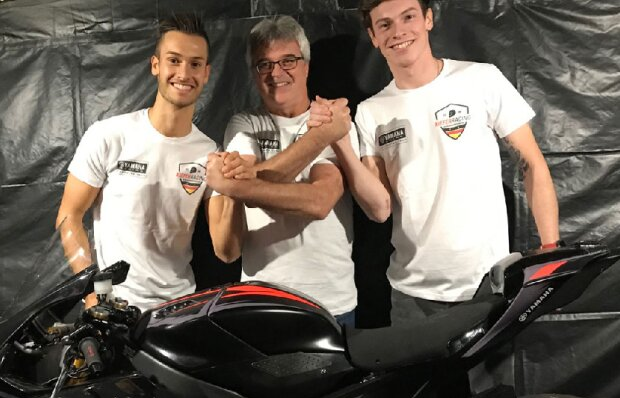
Hesitated too long – then the end
At the beginning of 2020 it unfortunately became official, which many had already feared in autumn. After being kicked out of Moto2, which was announced early on, they waited far too long. At first Jochen Kiefer wanted to quit and later he began to plan to join WorldSBK. When it became clear that too much money was missing for this, the idea for the SSP 600 WM came up. But Kiefer Racing Team also buried this plan. The background was rather dubious, shortly before there was even a crowdfunding campaign. According to insiders, Kiefer’s budget of allegedly one million euros for a season with two drivers in the Supersport 600 World Championship was far too high.

Less grandiose – and it would have worked
A little more than half should be enough according to information from established teams in the series. Kiefer Racing could have limited itself to the ESS (European Supersport Championship) without the overseas races in Australia, Qatar and Argentina. Especially at the home race in Oschersleben on 1/2. August would have had a huge advertising effect from a German team represented in the paddock. But it was the end of top-class sport for Kiefer Racing and a formerly famous name in international racing became history. We have never heard of any serious plans to return.
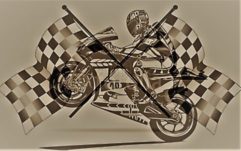
No Comments Yet